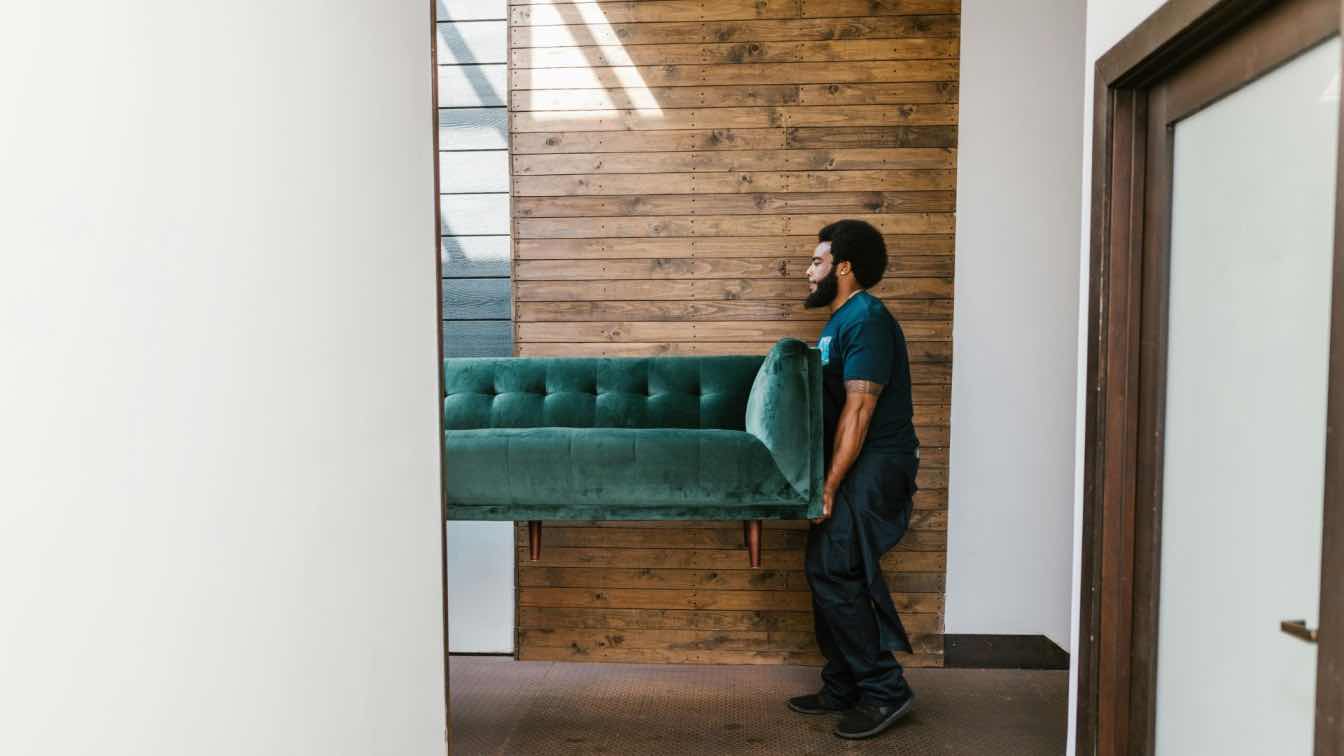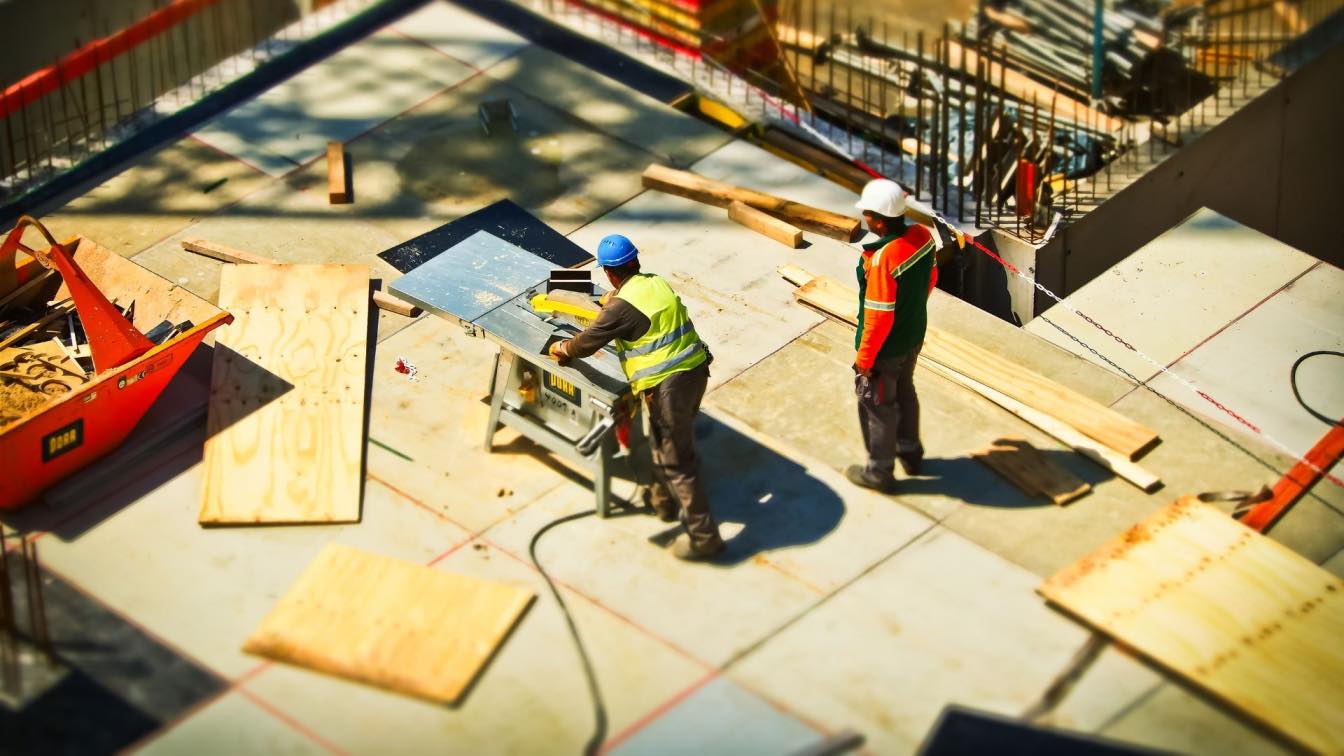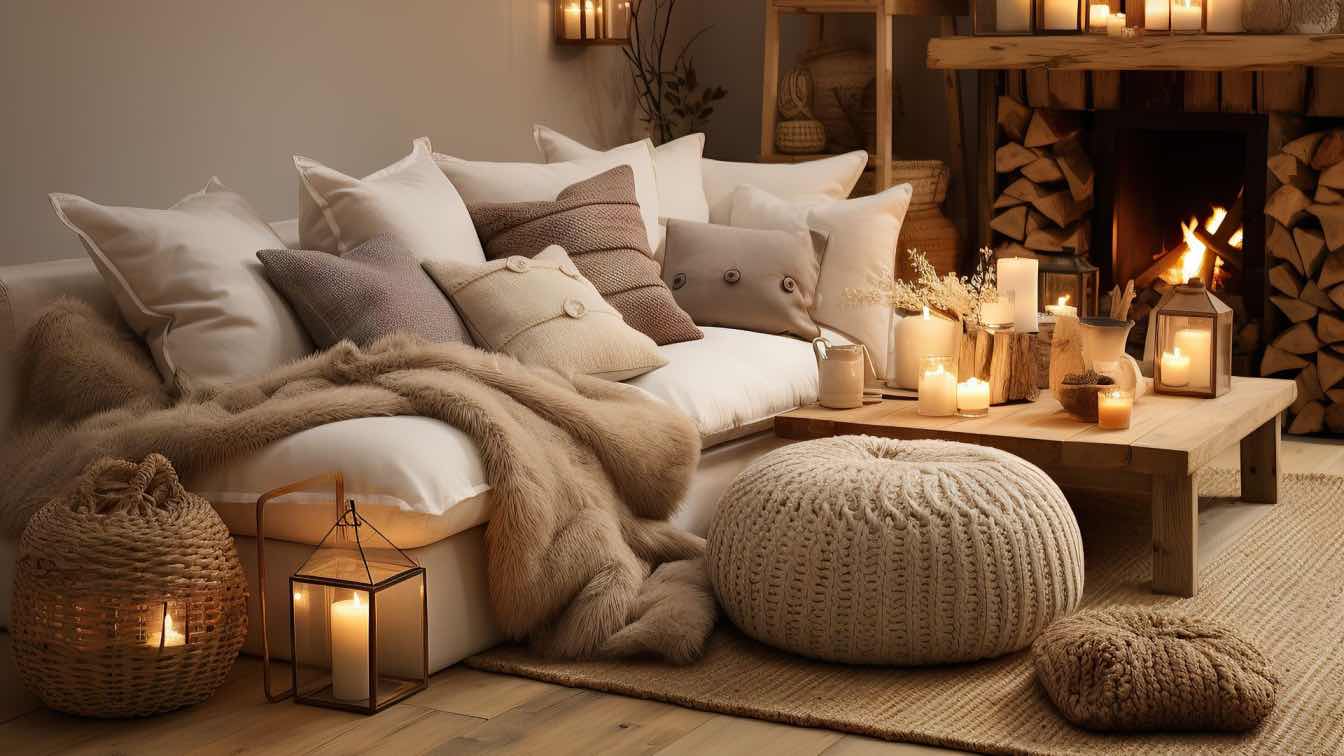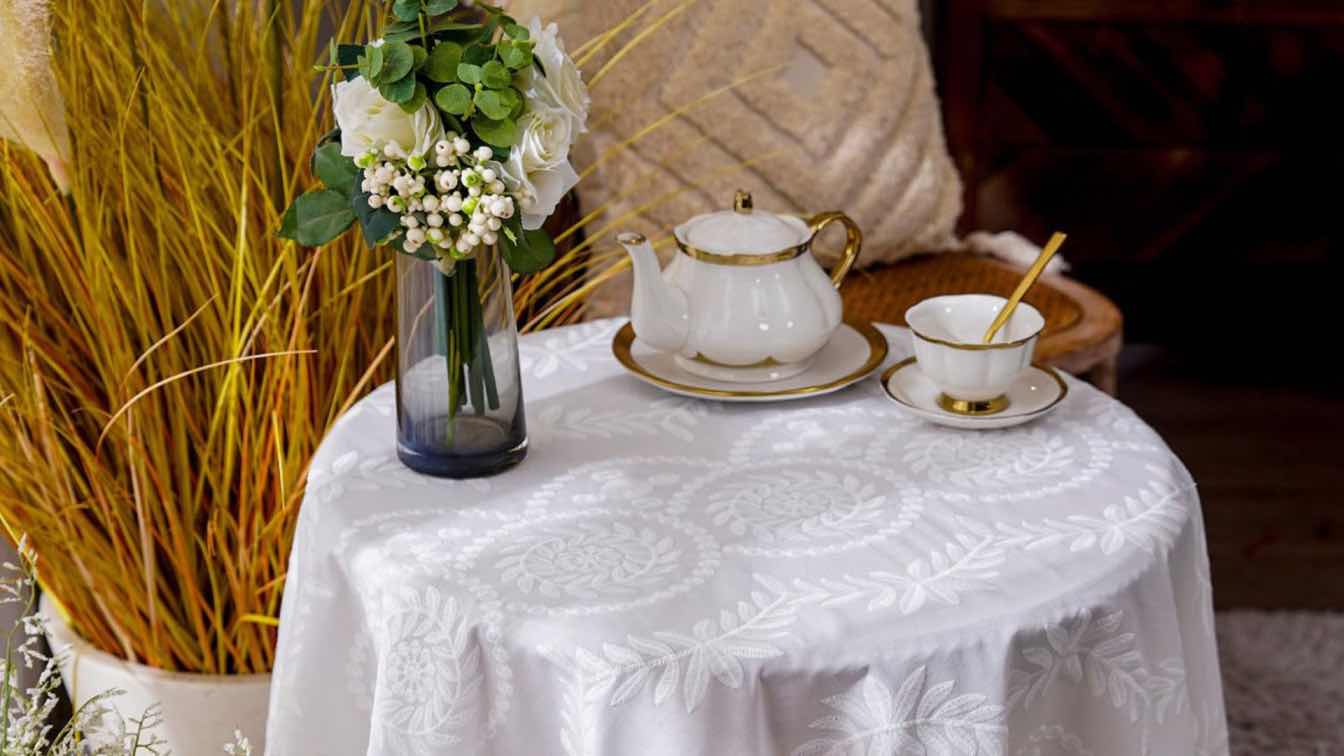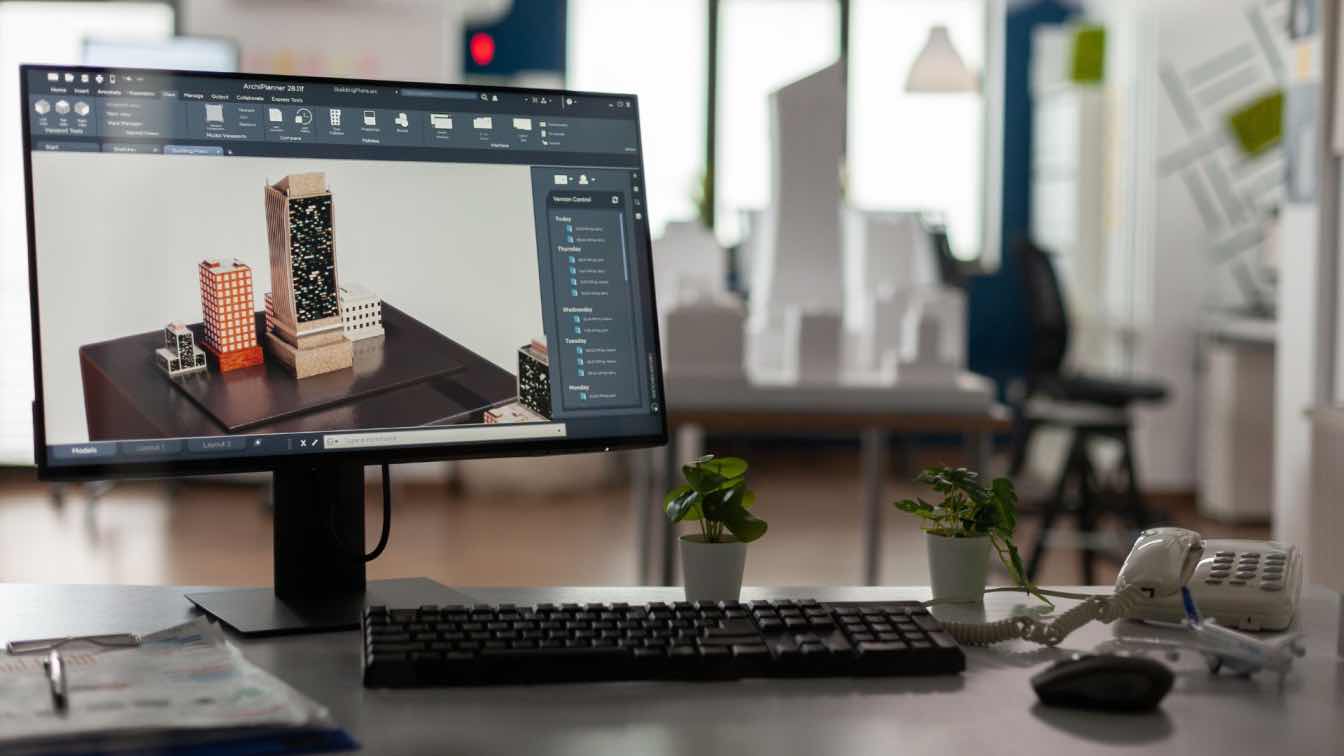Moving is supposed to be an activity that’s associated with promise, hope, and new beginnings, but some families and individuals consider it a dreadful endeavor. We can’t blame them for feeling that way, as their old or new home’s architectural design can play a role in improving or impeding a move. A home's layout, particularly the entryway dimensions and the connection of rooms is a good indicator of how the moving experience will play out. With this factor often being overlooked, it’s helpful to understand what architectural design considerations can facilitate a smooth move.
Entry Points: They Should Be Wide and Welcoming
Doors are your inanimate attendants that say “welcome” as you approach your home. Having larger-than-usual dimensions not only gives your doors a commanding presence but also ensures that moving furniture, appliances, and large objects in and out of the home is simplified. Better get that tape measure and check the measurements: instead of the standard 32-inch doorway, make it at least 36 inches for ease of access and maneuverability. Don’t forget to check thresholds and steps, as these may obstruct moves. Incorporate ramps or flush entries for carts and dollies to easily go through the door. These adjustments are relatively easy to make, yet practical for deliveries and accessibility needs.
Interior Pathways: Clear, Open, and Convenient
Getting past the door is only one hurdle to overcome. The interior circulation paths are another factor to contend with. For many US and Canadian homes with multiple bedrooms, this architectural consideration differentiates a challenging and smooth moving experience. Hallways and corridors with space for pivoting and turning are indispensable not just for Red Deer residents but for homeowners moving from and to multi-bedroom houses in Canada and the US. Using the trusty tape measure again, at least 42 inches of hallway width is recommended, especially for homes with frequent traffic and large furniture. With this adjustment, tight corners and awkward turns are minimized, enabling movers to safely and quickly transport items. That’s another relocation logistics win.
Preventive Surface Measures: Make Them Durable and Scratch-Resistant
Home finishes are vulnerable to architectural features when moves are in progress. In homes with little extra space, there’s a high possibility that furniture and appliance moves can dent or scratch walls and flooring. Even ample moving space doesn’t guarantee a scratch or scuff-free move, so the best thing to do is be anticipative of these possibilities. Proactively incorporating high-durability paint, corner guards, and scratch-resistant flooring like laminate and vinyl plank maintains your home's appearance, leaving no evidence of moving abuse. This measure ensures there are no grim reminders of your move by keeping surfaces in your home damage-free.
Room Configurations: Flexibility is Key
Most of the furniture and appliances end up in the rooms and other living spaces, like the kitchen and living room. Before these large items reach their destinations, consider making these spaces adaptable to changing needs in the future. Options like adjustable shelving, modular storage, and sliding partitions allow for smooth transitions, especially downsizing or upsizing furniture. A flexible room design is greatly appreciated by homeowners, as it allows for easy reconfiguration and clutter reduction.
Well-thought-out architectural features separate a home that clears the way for a convenient move from one that holds back and hinders moving. Aesthetics aside, these features also help determine how your relocation experience turns out. Many other architectural features affect the moving process, but the ones discussed here are the primary ones: incorporating wide entrances, open pathways, resilient surfaces, and adaptable room layouts. Incorporating these changes in your old or new home will help make your move less stressful and more organized. So, eliminate the dread factor by improving your home’s features to facilitate a successful and auspicious move.

